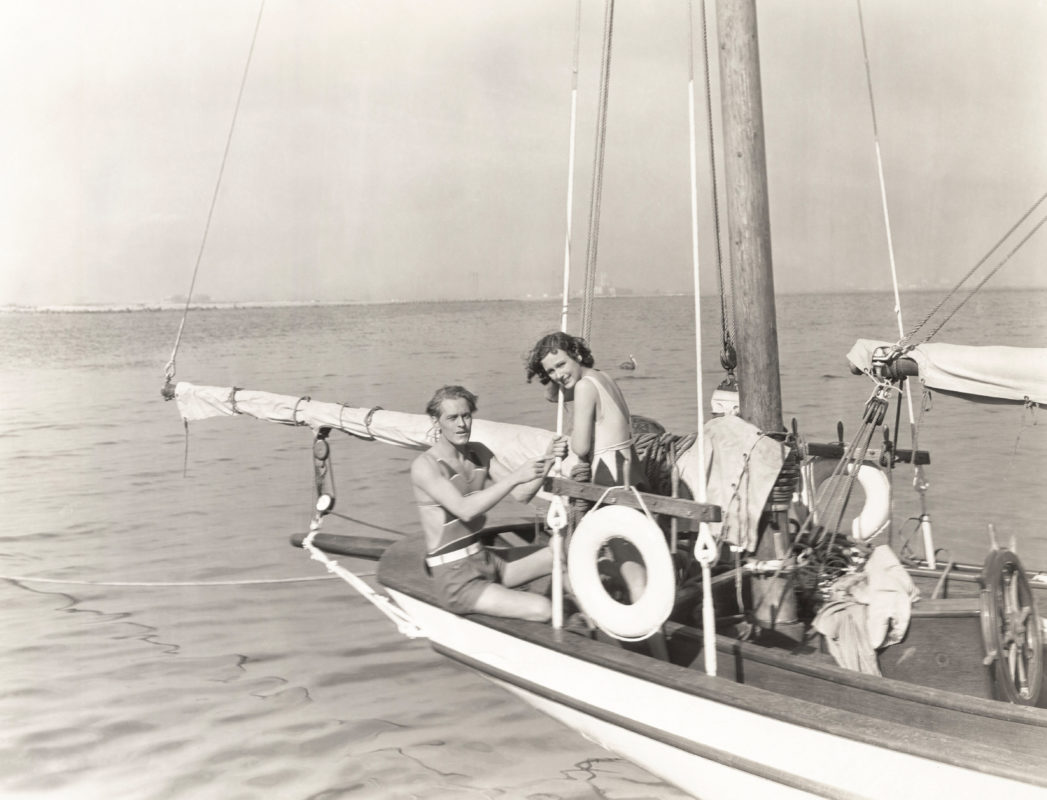Vinyl Fabric Facts
The Surprising History of Vinyl Fabric
While accounts of rubber and plastic usage dates back to discoveries made by Christopher Columbus in 1492, vinyl fabric is a relatively new innovation. In order to appreciate how far this material has come in terms of technology, innovation, and use, it’s helpful to understand its surprising history. What started as an accidental discovery led to the innovative marine vinyl fabric that’s on the market today.
An Accidental Discovery
In the 1920s, Dr. Waldo Semon, a scientist working for BFGoodrich was trying to develop an adhesive that would bond rubber to metal. He would experiment with the leftover, discarded material by mixing it with other chemicals and applying heat. This led to the development of polyvinyl chloride, also known as PVC or vinyl.
As Semon continued to experiment with ways to use vinyl material, he used it to create golf balls, shoe heels, and shock absorbers seals.
First Commercial Usage of Vinyl Fabric
Vinyl fabric saw its first commercial uses in the 1930s, when industries recognized that it could reduce the country’s dependence on rubber. It was used in a variety of products, including raincoats, wire insulators, and synthetic tires.
As researchers continued to experiment with vinyl formulations, they also developed vinyl with waterproofing qualities — the same qualities that makes marine vinyl fabric so powerful today.
Assisting the War Effort
In the 1940s, manufacturers used vinyl-coated wires to replace rubber-insulated wires on U.S. military ships. Its improved safety and performance as a nonflammable coating makes vinyl the standard wire insulation material to this day.
Breaking New Ground
There were dozens of new commercial uses for vinyl developed in the 1950s and 60s as American consumers fell in love with its versatility and flame-resistant properties.
It expanded into new markets when rigid vinyl was used to make irrigation pipes. They replaced metal piping because they were less expensive, easy to install, and non-corrosive.
As vinyl fabric became increasingly durable, its resistance to light, extreme temperatures, corrosion, and chemicals made it the material of choice in the construction and building industries.
A Versatile, Innovative Material
Today, vinyl is one of the most widely sold plastic materials in the world thanks to its durability, versatility, low cost, and waterproof and flame-resistant properties. It’s useful in so many applications, including fencing, flooring, furniture, piping, roofing, upholstery, and more.
Compared to other man-made resources, vinyl is surprisingly environmentally friendly. Its durability gives vinyl products a long life span, but they can be recycled once they’re no longer usable.
All Vinyl Fabrics carries a wide array of vinyl fabrics in colors and textures to fit any project. If you’re not sure where to start, you can order samples to find your perfect vinyl fabric, or give us a call at 877-618-4695.

